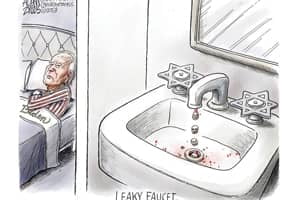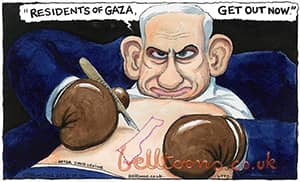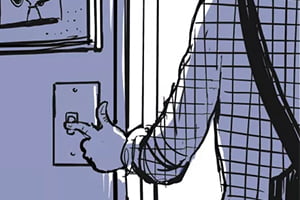Tabla de contenidos
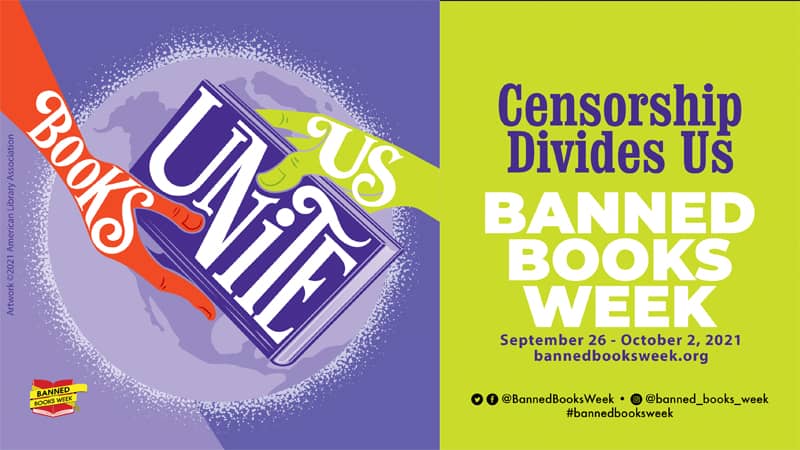
What books are censored in US prisons?
This question will be answered in more depth in the Banned Books Week (Banned Books Week), which starts this month and runs from 26 September to 2 October.
Each week leading up to the event, one of the many places in the United States where certain books are banned will be profiled.
The idea is to identify those responsible for these bans, the type of material that is banned, and to highlight some of the problems they face and links to further information and resources. The first week will focus on prisons.

Who bans books?
Prison officials control and decide which books are allowed into prisons. The Federal Bureau of Prisons oversees federal prison libraries, and state prisons are managed by their respective departments of corrections. In addition, the Federal Bureau of Prisons has its own list of banned books, every state has its own list of banned books. These book lists can contain up to 20,000 titles.
As noted by PEN America a non-profit organisation founded in 1922 that works for advocacy and free expression through literature, these restrictions constitute the largest book ban in the United States. Beyond the department's policy and list of bans, individual prisons may implement additional policies and rely on administrative decisions. These restrictions often have little public oversight or scrutiny.
What subjects are banned and why?
There are many reasons why prisons may ban books. The biggest concern is whether they might pose a "security problem". Other publications that end up on lists of banned books are those that contain sexually explicit or violent material.
Overzealousness has led to a proliferation of arbitrary and overly broad decisions. Banned subjects include topics such as social justice, prison reform and how-to manuals, as well as those containing nudity.
Other publications that consistently end up on banned lists are those that contain material considered sexually explicit or violent. Overzealousness has led to a proliferation of arbitrary and overly broad and ambiguous decisions to enforce censorship.
Banned material also includes social justice, prison reform and how-to books, as well as any material containing nudity.
Other publications are banned not because of their subject matter but because of their format. Any book with fold-out pages can end up on the blacklist to prevent its pages from being used for smuggling. Thus, in Texas prisons it was forbidden the entry for a Charlie Brown Christmas book.
Manga, a definite candidate for banning
Many comics contain violence and/or nudity to varying degrees MangaThe comic book, in particular, has been the target of prison censors. Authorities consider images of nudity and the styling of manga characters to be sexually explicit or pornographic.
Learning to draw comics banned
What is most surprising is the banning of certain instruction books. Traditional "How To" publications are banned in prisons for security reasons, and these bans prevent the entry of manuals on electronics, computer languages and programming, as well as books on how to draw.

Thus, publications on how to draw manga comics, how to draw heroes and villains Stan Lee How to draw comic book heroes and villains, and how to draw almost anything are always among those banned. These decisions block the opportunity for an incarcerated person to learn how to create comics and to develop an artistic skill.
Subjects banned at the whim of officials
The vagueness of policy decisions and the inconsistency with which they are applied pose the most serious problem. The decision to withhold or ban is in the hands of policy officials.
Censorship depends on the whims and personal preferences of the person in charge, which vary from centre to centre. Some officials, because of budget or time to select them, find it easier to broaden the subject matter with little or no review and question the ban. This problem can be seen in the treatment of nudity most acutely.
Paradoxes

There are many paradoxes with bans, this is just one of them. The Michigan Department of Corrections considers the book "Advanced Home Wiring," published by Black & Decker, an evasion manual and forbids it in its prisons since February 2017, among many other books.
This is a how-to manual for the aspiring electrician and contains methods for installing electrical components and the basics of wiring systems, from how to install a light fixture to a remote control to open the garage door.
This prohibition might seem logical, until you consider the paradoxical fact that the same inmates who are denied access to this book can enroll in vocational classes to become electricians. Inmates across the country, confined in prisons of all security levels, are being offered the opportunity to learn a trade.
Apparently, Michigan authorities consider hands-on lessons taught by a certified instructor to be less of a safety hazard than the same information in book form.
You have to use your imagination
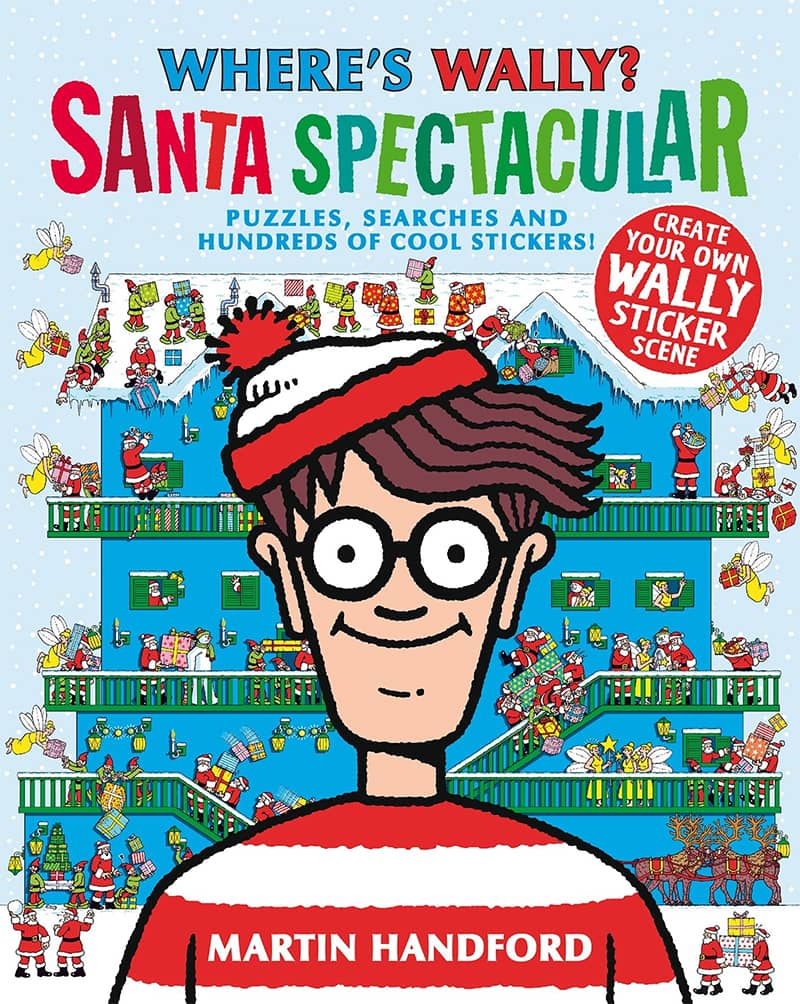
Sometimes it is necessary to imagine the causes of the prohibition, as in the case of this book, in apriencia innocent since it is a work created for a children's audience.
Where's Wally? Santa Spectacular is a 2012 book by Martin Handford that is part of the Where's Wally series. The books intended for children between the ages of five and nine. For reasons unknown, is banned by the Texas Department of Corrections. There is speculation that the reason is because it contains stickers, something that is prohibited in most prisons, although Texas does allow stickers in its facilities. Again, no one knows the exact cause.
Inconsistency is the norm
Many policies do not allow pornography or sexually explicit material. There does not seem to be a defined line between such materials and natural nudity.
As for manga, Diana Woodside The Pennsylvania Department of Corrections, Director of Policy and Legislative Affairs, reflects: "(Manga contains) really explicit graphic images including sexual acts and nudity... Is it better to allow it or not to allow it? Does it really affect the atmosphere of the institution? I don't know the answer... There are a lot of inconsistencies. I would like to see a standard for nudity".
Inconsistencies are also seen when comparing the material on television with that in books. One Alabama prison banned the book Slavery by Another Name yet allowed a PBS documentary based on the book to be shown. This inconsistency highlights the lack of attention and oversight of these bans.
The issue of budgets is also a factor limiting access to publications and graphic novels. Libraries often have small budgets and limited libraries. People who want to send books to the prison population have to overcome a number of obstacles.
It is difficult to know whether a book will be rejected because of its content in that state or prison. For this reason, several organisations have already been set up to provide reading material and send requested copies to prisoners.
Source CBLDF, Comic Book Legal Defense Fund
You can consult the long list of books banned from U.S. prisons organized by states on "Books to Prisoners," the website of a Seattle-based nonprofit whose mission is to foster a love of reading "behind bars," encourage the pursuit of knowledge and empowerment, and break the cycle of recidivism.
Related, list of the 10 most banned books by year The books are restricted and/or challenged in various schools or libraries.

